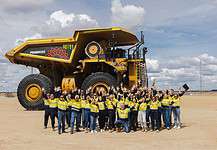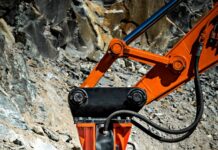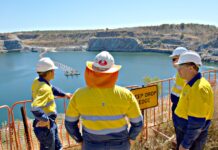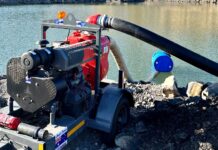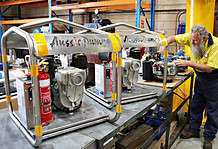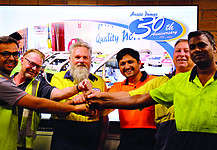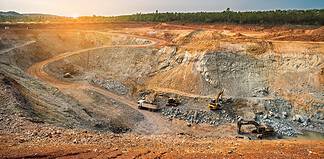FATIGUE cracking of steel occurs due to accumulated damage from repeated cyclic tensile stresses.
Eventually, this damage results in a micro-crack developing, which then grows progressively. There are a number of factors that contribute to fatigue cracking, but from a practical perspective, the key consideration is the presence of stress concentrators.
Notches, sharp corners, flaws, sudden changes of section are all stress concentrators that act to magnify the stresses in that very small area, which is why fatigue cracking almost invariably occurs at locations like weld toes.
Steel has what is called an ‘endurance limit’, which is the stress below which cracking will not develop even after more than a million cycles.
Higher strength steels have a higher endurance limit.
As seen in the example diagram for steels, the endurance limit is typically about 50% of the tensile strength. Although the bulk stresses may be below the endurance limit, stress concentrators may magnify stresses by up to three times or more depending on their severity.
For example, if the bulk stresses in a component are 40% of the tensile strength, then even a modest 1.5x stress concentrator will cause localised stresses well above the endurance limit, resulting in fatigue cracking after only a few thousand cycles.
The effect of residual stresses from crack repairs also magnifies the localised stresses. Hence it can be seen
A significant aspect of maintenance in the mining industry is the repair of fatigue cracking in heavy earth moving equipment.
There are many challenges in relation to the management and repair of fatigue cracking, including identifying and reporting the nature and location of cracking, how to assess the severity of cracking, monitoring and tracking of cracking, understanding the causes of cracking and planning for the weld repair requirements.
Other challenges include knowing how to carry out an effective weld repair, ensuring the assigned welder is capable of doing the repair, management of contractors, how to ensure that the repair is of the required quality, and tracking the cracks have been repaired and which haven’t.
These issues are further exacerbated by a general lack of understanding and consideration of the causes of fatigue cracking and how fatigue life of repairs can be improved.
Weld repairs of cracking are unfortunately often treated as a means of simply ‘removing a crack’ rather than optimising the repair for fatigue life.
By applying a suitable repair method it may be possible to significantly extend the time before re-cracking, or even prevent re-cracking altogether (provided there is not an inherent design flaw or operational issue).
Furthermore, these issues are compounded by a combination of needing to be able to manage and apply a database of suitable weld procedures, a general low level of welder training and skill for crack repair welding, and a general lack of welding expertise of mine site personnel.
The impracticalities and hurdles that must be overcome in attempting to create and manage a database of weld procedures, apply them to repairs, maintain welder qualifications to the various procedures, have welding supervisors on hand at all times to manage the repairs, and general difficulties in achieving compliance, means that making improvements to weld repair management has remained in the ‘too hard’ basket.
Overall, this means that welding is typically not well managed, and repair outcomes are correspondingly poor as a result.
Poor quality repairs of cracking tend to rapidly re-crack, which results in a snowballing amount of cracks and often result in larger cracks rapidly developing than were originally repaired.
This results in an increased risk of failures and replacement components, and increased equipment downtime and maintenance costs.
Eventually, the equipment will require a major shutdown to repair structural cracking, and the viable asset life be reduced.
There are significant benefits (up to a few percent of the total maintenance budget – see https://goo.gl/GTyowi) to be gained by upgrading the management and outcomes of crack repair welding, in the form of reduced maintenance costs, reduced downtime and extended viable asset life.
AICARM approach
WQMS believes that the objective of a weld repair should be to restore, or even improve, the original fatigue life of the cracked component.
WQMS has developed the AICARM (Asset Inspection, Condition Assessment and Repair Management) system in order achieve this by addressing all of the issues identified in this article by providing a robust, practical and easy to use welding management framework. AICARM has been built on the basis of fundamental metallurgical principles relating to fatigue cracking and optimised repair welding, combined with practical welding expertise and in-depth experience of equipment cracking.
AICARM demystifies the weld repair management process, so that there is no need for reliance on welding experts for most weld repairs of cracking.
At its core, it is a comprehensive suite of training, site procedures, technical support, QA documentation and welder competency for weld repair management of heavy equipment.
The system has been specifically designed to address the needs and challenges of the mining industry, and fully integrates into existing workflows and supports all existing roles.
Contact the company to learn more and find out how to start the journey towards repair excellence.
More Information:




